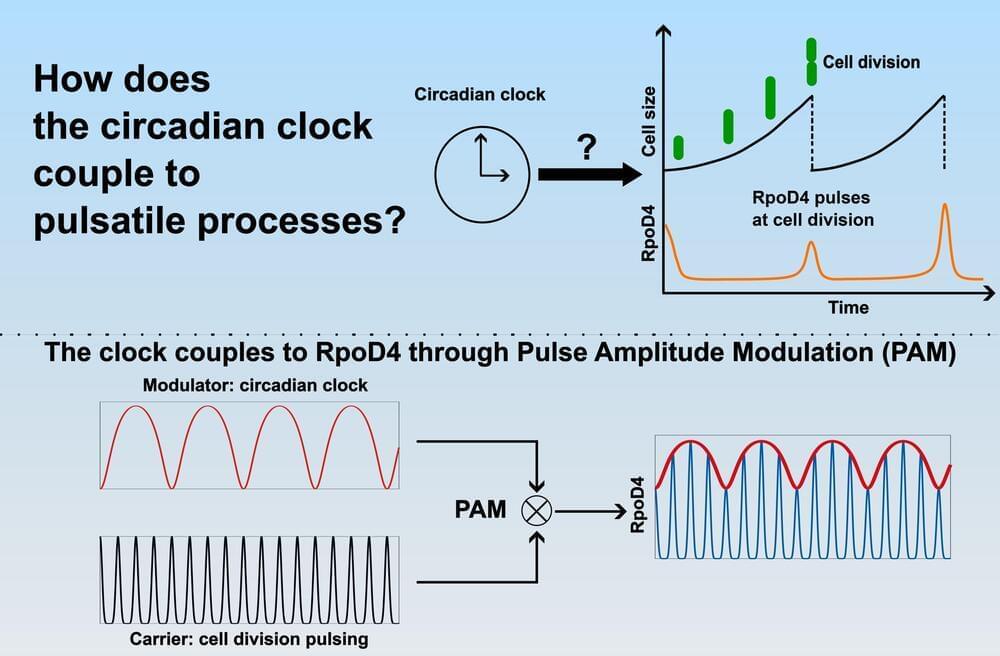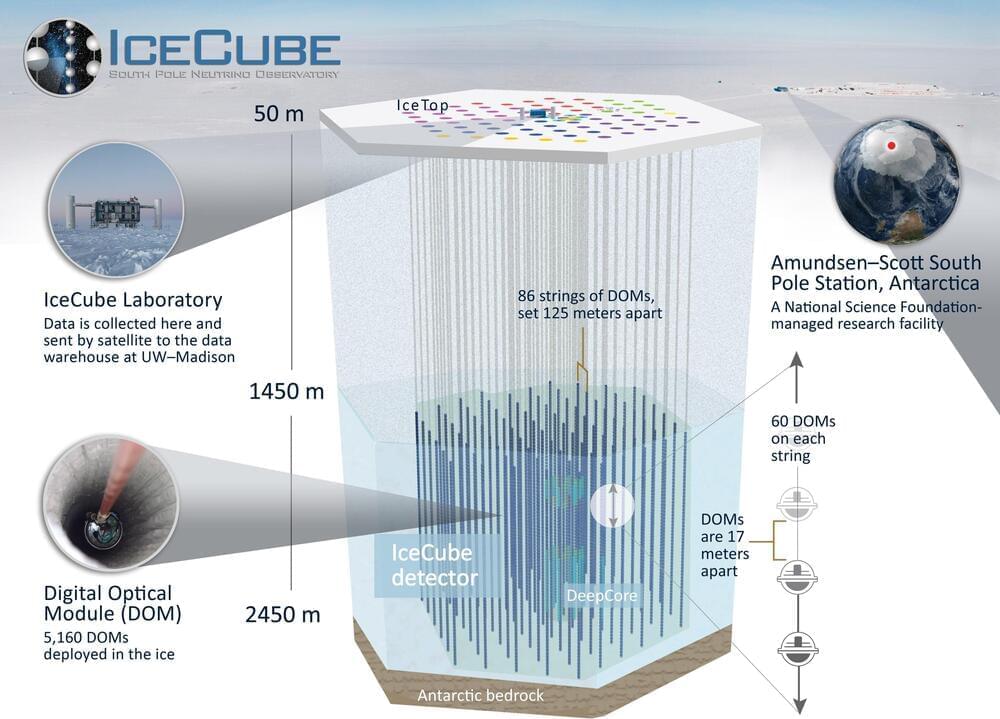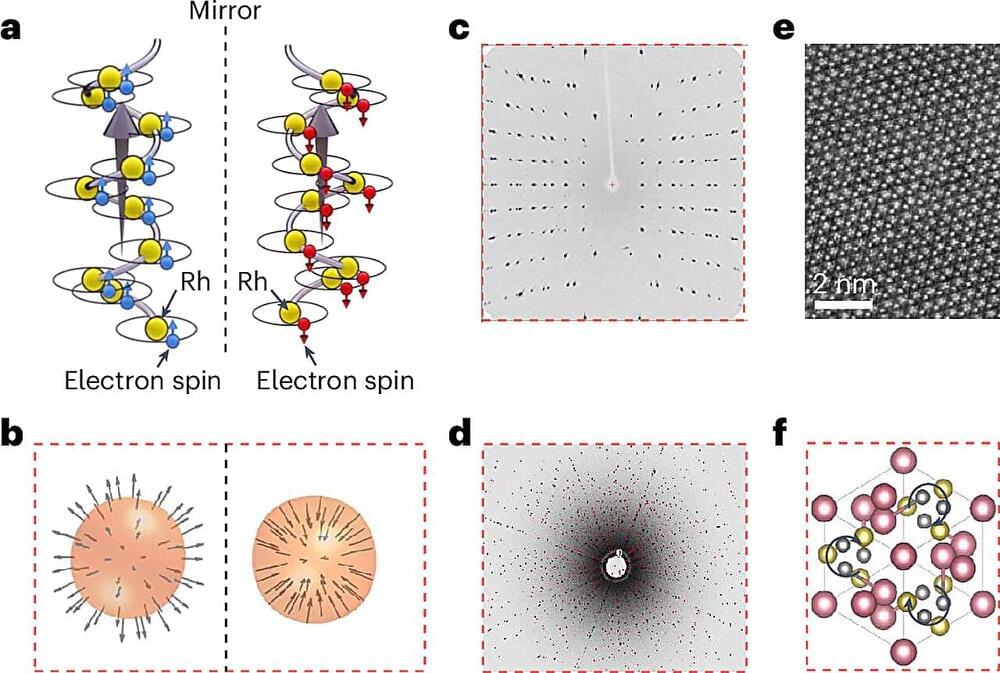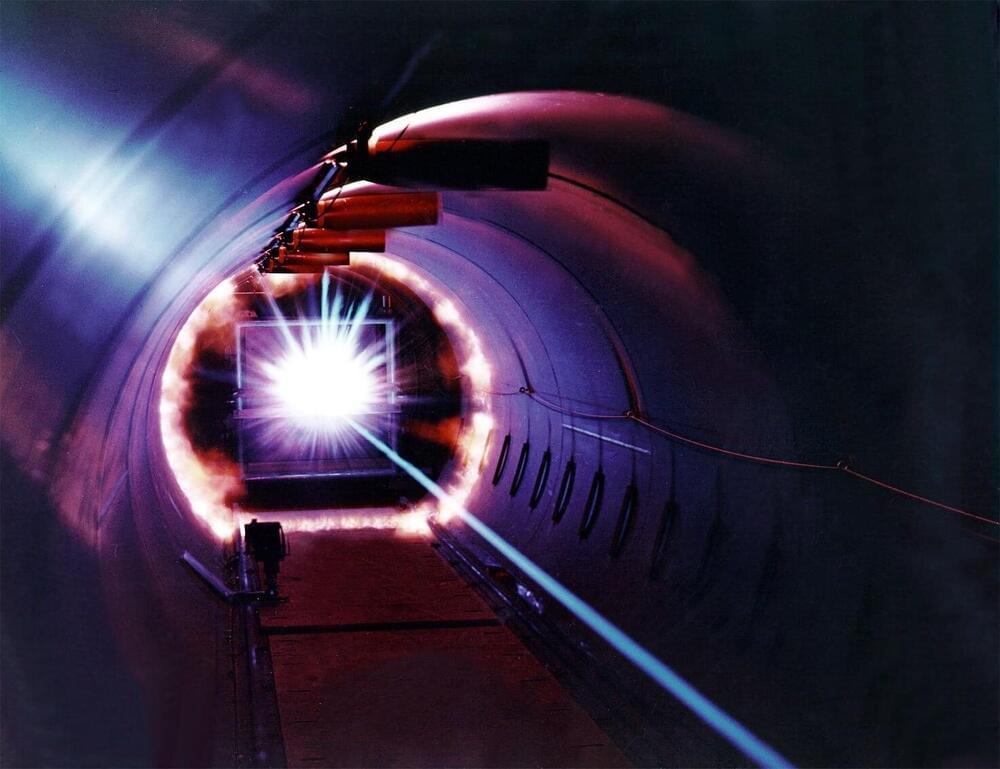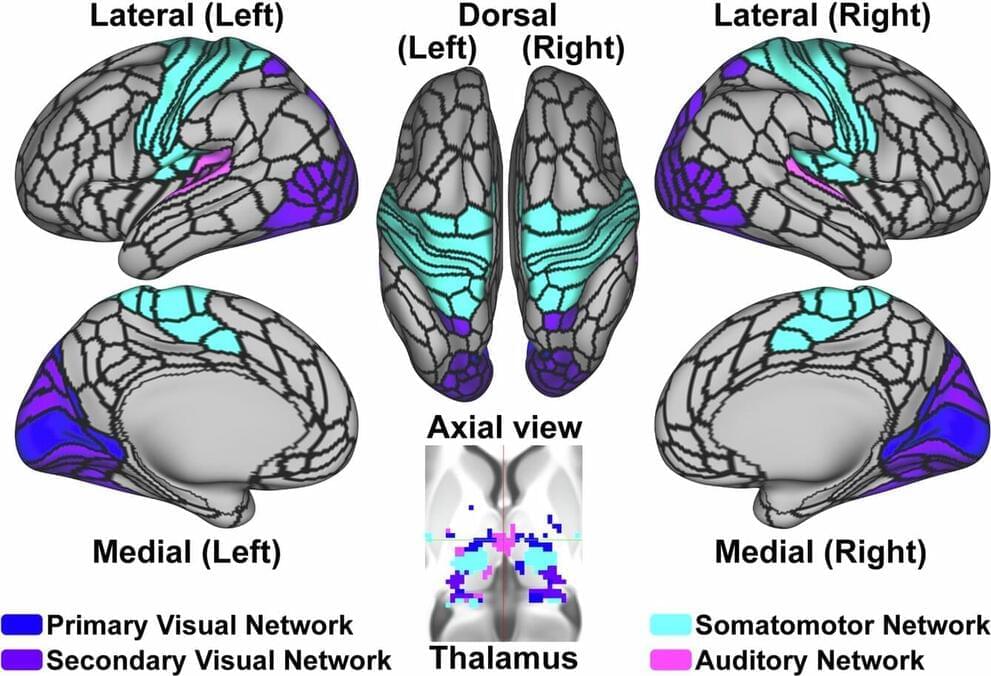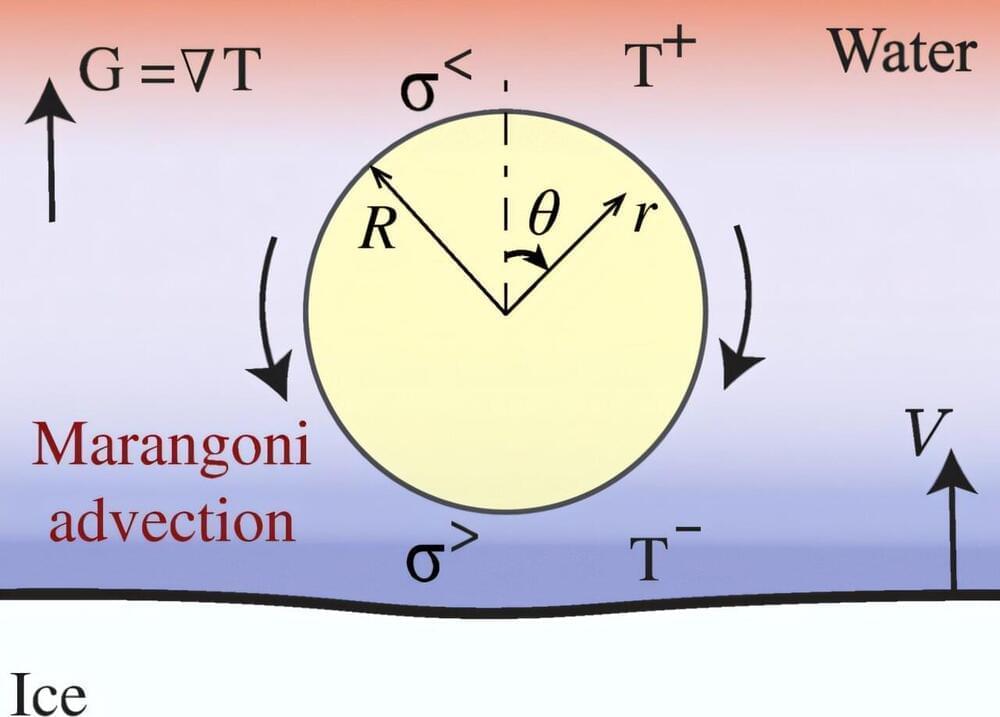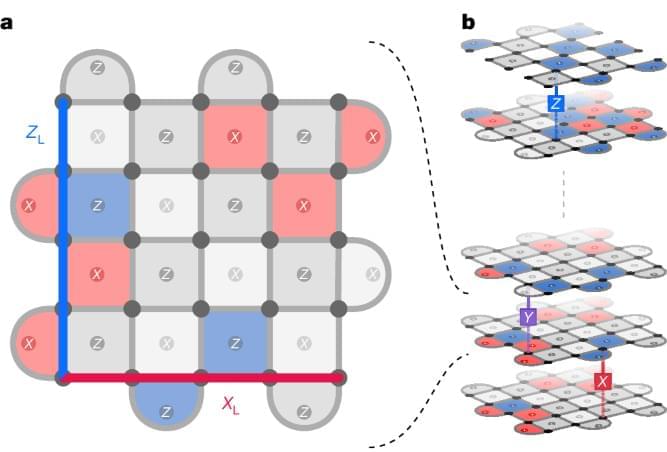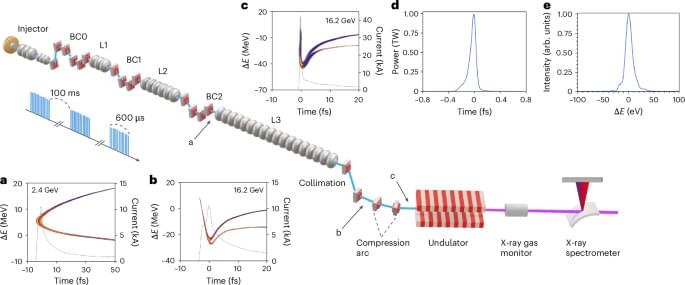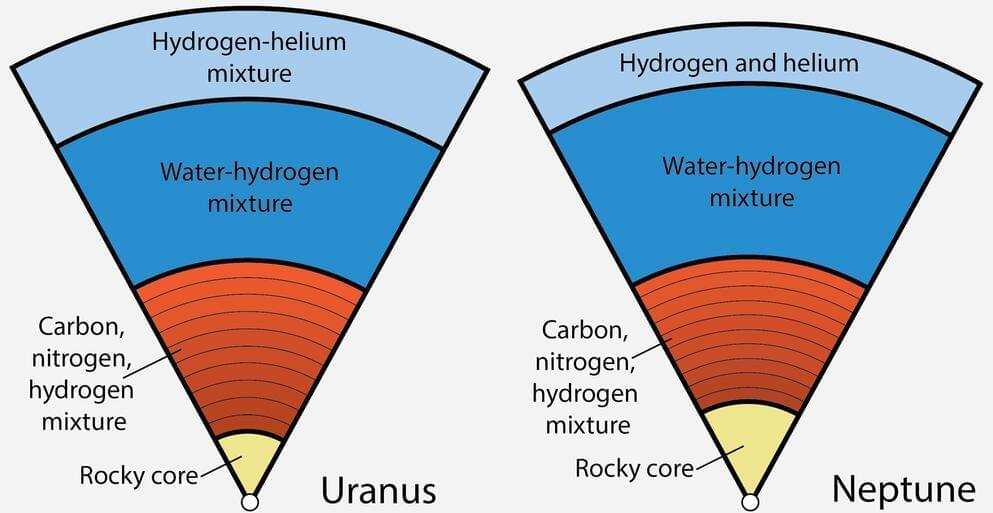
Diamond rain? Super-ionic water? These are just two proposals that planetary scientists have come up with for what lies beneath the thick, bluish, hydrogen-and-helium atmospheres of Uranus and Neptune, our solar system’s unique, but superficially bland, ice giants.
A planetary scientist at the University of California, Berkeley, now proposes an alternative theory—that the interiors of both these planets are layered, and that the two layers, like oil and water, don’t mix. That configuration neatly explains the planets’ unusual magnetic fields and implies that earlier theories of the interiors are unlikely to be true.
In a paper appearing in the journal Proceedings of the National Academy of Sciences, Burkhard Militzer argues that a deep ocean of water lies just below the cloud layers and, below that, a highly compressed fluid of carbon, nitrogen and hydrogen.

